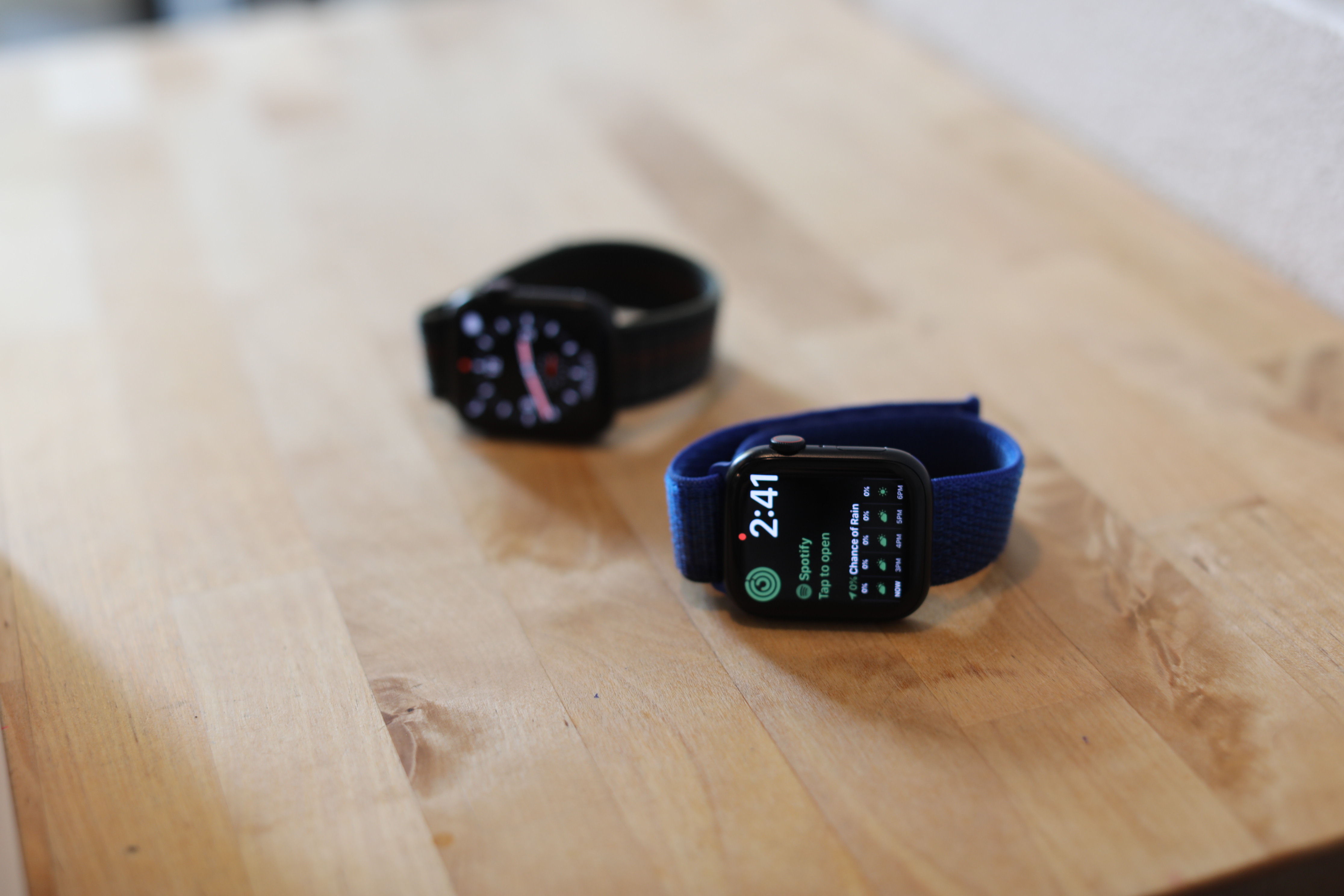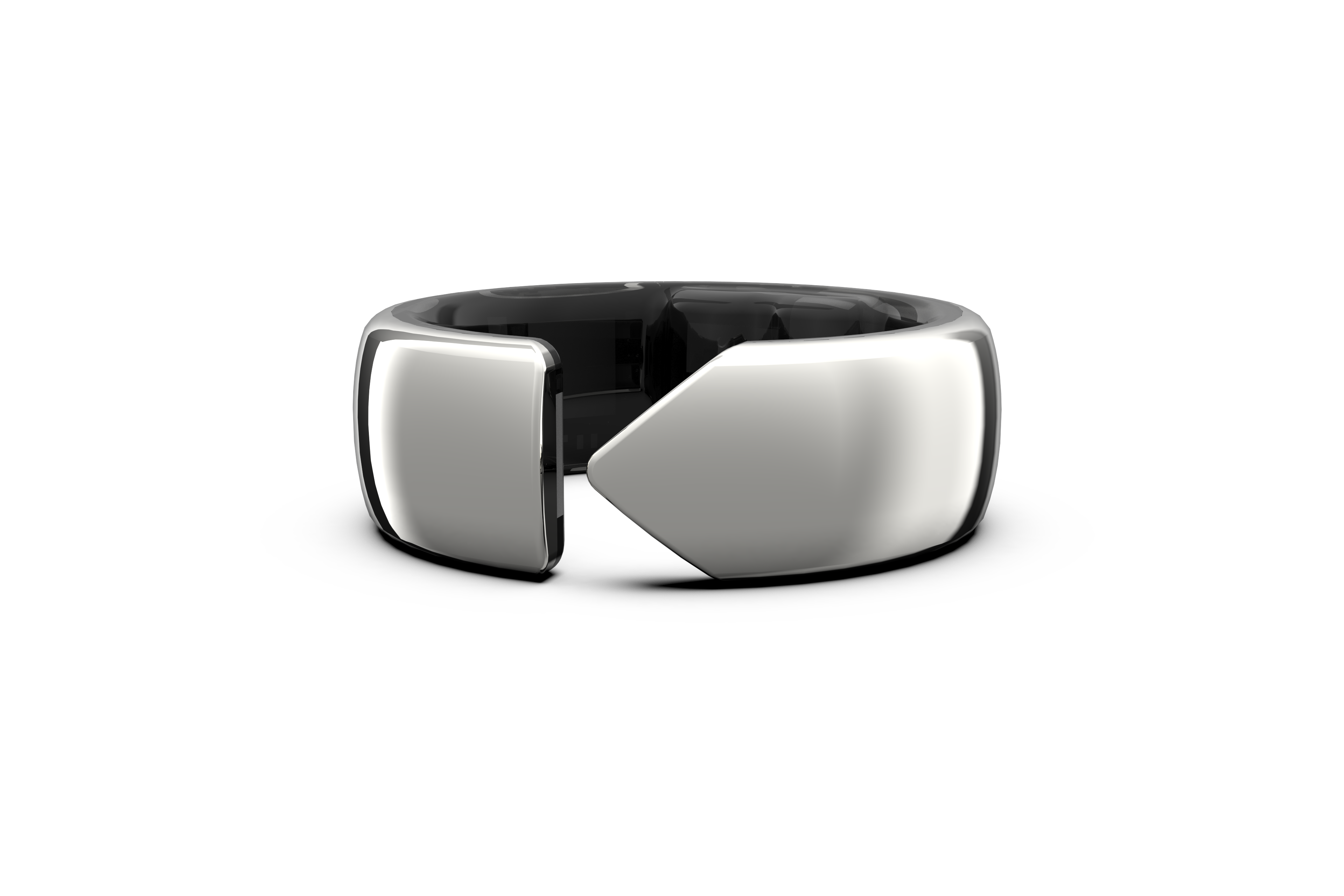It may surprise the casual reader to learn that I don’t run a trillion-dollar multinational corporation. Like any decent tech writer, however, I’m more than happy to offer all my opinions on the matter in a very public forum. Having most closely followed hardware makers over the years, I’m often struck by one specific subject in particular: choice.
I’m generally of the opinion that more choice is better. This applies to many aspects in life (best to avoid the nuisances in the introduction to a piece about a smartwatch), including consumer goods. More companies, more competition, more customer choice. All that fun stuff. From Apple, in particular, the question of choice has been an interesting one.
Observing the company over the years, there’s been an ebb and flow. In some cases, it can be a question of quality control, not confusing the customer with “too much” choice and not spreading oneself too thin (though I’m not sure that a brand with a market cap of $2-3 trillion is at risk of the latter).
These are valid concerns, and within the confines of a single company, there’s a push and pull. The opposite end of the spectrum is intentionally limited choice in a manner asserting that you know what’s best for the consumer. It’s a criticism that, understandably, has been leveled at Apple over the years.
Among consumer electronics categories, wearables may have the most to gain from choice. On top of the standard customer preference, you have wide variations across the spectrum of human bodies. We’re all perfect, beautiful snowflakes here and — at the very least — deserve a watch that will fit on our wrist. This was the main complaint with the first generation of smartwatches: they were too big, with too little variation.
After eight generations of Apple Watches, we’re looking at more choice than ever before. You’ve got the big, flashy and expensive Ultra, the mid-tier Series 8 and the budget SE. Both of the latter are available in a bunch of different colors and two sizes (41 and 45mm for the 8 and 40 and 44mm for the SE). I’m curious to see whether the future will hold a more compact version of the Ultra, but for now, it’s a big watch for mostly big wrists.
Earlier today, I posted a fairly lengthy review of the Series 8. The piece focused on a lot of different factors, but one thing in particular took center stage. In a world where some of the competition rates battery in terms of days — or even weeks — it has loomed over the line for a while. Apple has addressed the issue, in part, with the addition of Low Power Mode, introduced with watchOS 9.

Image Credits: Brian Heater
The presence of the feature posits an interesting question. If you had the ability to disable any and all features for the sake of battery life, which would you sacrifice, if any? It’s an interesting exercise in determining which are actually valuable in daily life. Each year, Apple adds a bunch of features. Some you’ll use, some you’ll never touch. In my case, I can handle losing everything that shuts down in Low Power Mode. Someone monitoring a heart condition, on the other hand, may not.
Maybe now is a good time to discuss what, precisely, “SE” means. The first edition was introduced in 2019, alongside the Series 5. It’s been three years, and Apple’s approach has been a combination of relying on the SE and older models to appease the lower end of the market (though this time the Series 7 is only around as long as retail channels still have current stock).
Theories have varied on what the SE here (and on the iPhone) means. Some have pointed out that it meant “System Expansion” once upon a time in Apple parlance. More recently, however, Apple exec Phil Schiller confirmed what many suspected, with the two-letter acronym standing for “Special Edition.” From where I sit, I believe special editions are reserved for weird Batman FunkoPop you can only purchase by waiting in line at Comic-Con for 15 hours, which you later sell with a 10,000% markup.
But that’s probably just me.
[gallery ids="2389068,2389183,2389070,2389069,2046682,2046681,2046680,2046659"]
In the case of this device, I’d offer another, similar, suggestion: Streamlined Edition. The SE is the Apple Watch for people on a somewhat tighter budget, who recognize that they don’t need absolutely every annual addition to the device. As reviewers, I think we too often lose sight of the fact that a couple hundred bucks is not an insignificant chunk of change for a vast majority of readers. Starting at $249 for the standard edition and $299 for the cellular version, the SE is $150-$200 cheaper than the Series 8. It’s not exactly half the cost, but it’s getting there.
“Cheap” is relative, of course. Particularly in the case of Apple products. Smartwatches under $100 do exist, but as a rule of thumb, I’ve been using the $200 Fitbit Versa as a baseline for affordable smartwatches with a premium experience. At $50 more, the SE isn’t too far off target.

Image Credits: Brian Heater
Here’s what you lose by picking the SE over the Series 8:
- Screen size (the 8 has “nearly 20% more screen area than the SE,” per Apple)..
- Fast charging.
- Dust resistance.
- Always-on screen.
- Blood Oxygen/ECG/Temperature sensing (for cycle tracking).
Your mileage will vary, but as compromises go, these seem manageable. And, honestly, good luck telling them apart at first glance. Again, if my doctor suggested I pick up the watch for heart monitoring, I’d likely shell out the extra money and go for the 8. It’s true that health monitoring has become an increasingly central part of the line, so those compromises are going to be significant for many.
Beyond that, the devices have the same processor (W3) and stated battery life (18 hours w/o Low Power Mode enabled). Much has already been written about how the Ultra is effectively a niche device, compared to the S8, but having used both the standard S8 and SE since the Far Out event last week, I would add that suddenly there’s a very credible argument to be made that the SE is truly the right Apple Watch for most people.
The Apple Watch SE isn’t as much of a compromise as you might think by Brian Heater originally published on TechCrunch







